Read time: 7 minutes, 30 seconds.
As we age, our bodies undergo various changes, including a decline in muscle mass and strength. For those in their fifties, the effects of aging can make it challenging to gain and maintain muscle mass. But it is not impossible. Building muscle after 50 requires smarter and more strategic lifestyle choices. These include regular exercise, proper nutrition, and habits that support strong muscles.
Men and women in their fifties face different physiological changes that can impact body composition. For example, men experience a decline in testosterone levels, which can reduce muscle mass, strength, and bone density. Men may also be more susceptible to cardiovascular disease and prostate cancer.
Women, on the other hand, experience peri-menopause and menopause around this time in their life. This hormonal change can reduce bone density, and increase risk of osteoporosis. This change can also cause body fat to linger and make building lean muscle a challenge. Women may also be more susceptible to breast cancer and urinary incontinence.
Also Read: Is your lifestyle accelerating your aging?
Men and women may also have different fitness or performane goals. Men may prioritize muscle gain and strength training, while women may prioritize flexibility and cardiovascular health.
It is important for both men and women to work with healthcare professionals and trainers to develop a fitness plan that addresses their individual needs. By prioritizing overall health and wellness, both men and women in their fifties can maintain an active and healthy lifestyle.
At any age, strength training is the cornerstone of muscle growth and maintenance. But it’s important to approach it with care and a focus on safety, particularly as you get older. Compound exercises, lifting heavy weights, and allowing for adequate rest and recovery are all important. Also important is ensuring you’re doing these exercise with correct form. Done correctly, these activities stimulate muscle growth and help achieve your desired body composition results.
In addition to strength training, nutrition is also important for healthy muscles. Consuming adequate protein, healthy fats, fiber, complex carbohydrates and phytonutrients are important. Staying hydrated and getting enough sleep are also crucial. In combination, these factors all support muscle growth and recovery. While there may be some unique challenges to building muscle in your fifties, with the right approach and mindset, it is possible to gain strength and improve your overall health and well-being.
Here are some tips to help both men and women grow muscle in their fifties:
Consistency is key.
Regular exercise routine, that includes both strength training and cardio exercises is crucial. Consistency is key when it comes to gaining muscle, especially for those in their fifties. Regular strength training stimulates muscle growth by creating microscopic tears in muscle tissue. These tears then repair themselves and rebuild stronger than before. Challenging your body without overdoing it is what promotes healthy muscle tissue.
Consistency also helps your body adapt to the stresses of exercise. This allows you to gradually increase the weight and intensity of your workouts over time. Without consistency, you may not see the desired results and progress towards your goals. By making exercise and proper nutrition a part of your lifestyle, you can achieve long-term success in building and maintaining muscle mass.
Focus on compound exercises.
Compound exercises involve the use of many muscle groups and joints at one time. Examples include squats, deadlifts, and bench presses. These types of exercise are very effective for building strength and muscle mass.
These exercises are generally considered more effective for gaining muscle than isolated exercises. Isolated exercises target one primary muscle at one time. Examples include bicep curls which target the biceps and leg extensions which target the quads. You can check out some good core exercises in this article: 10 Effective Core Exercises for Athletes
Compound exercises activate a greater number of muscle fibers and stimulate the release of hormones that promote muscle growth, such as testosterone and growth hormone. They also improve functional movement patterns and mobility. This makes them beneficial for daily activities and reduces the risk of injury. Isolated exercises can be useful for targeting specific muscle groups, incorporating compound exercises into your workout routine is essential for achieving optimal muscle and overall fitness.
Lift heavy weights.
As you get stronger, increase the weight you lift gradually to keep challenging your muscles and promote growth.
One of the biggest misconceptions about lifting heavy weights is that it is only for bodybuilders or those looking to become “bulky”. However, lifting heavy weight is beneficial for individuals of all ages and fitness levels, including those looking to gain muscle mass. Contrary to popular belief, lifting heavy weights does not necessarily lead to a bulky physique. But rather increases muscle density and strength. Additionally, lifting heavy weights can improve bone density, which is important as we age and can help prevent osteoporosis. This is especially true for individuals in their 40s and 50s.
Also Read: How exercise can help you stay young
Another common misconception about lifting heavy weights is that it is dangerous or can lead to injury. It is true that lifting heavy weights does require proper technique and form to prevent injury. When exercises are performed correctly and safely it is very effective way to gain muscle mass. Lifting heavy weights can help improve joint stability, reduce the risk of injury, and improve overall functional strength, which can improve quality of life and performance in daily activities. And of course, “heavy” is relative to your abilities. Your definition of heavy may be different than another’s. Regardless of your starting point, results will come when you gradually keep challenging yourself with additional weight. You don’t have to challenge yourself beyond your limit. I explain this further in my article: Why Adult Athletes Should Stop Obsessing Over Strength PRs
In addition to building muscle mass, heavy lifting can also provide significant benefits for bone health. As we age, our bones become more fragile and susceptible to fractures and breaks. But strength training can help improve bone density and reduce the risk of osteoporosis. By putting minimal stress on the bones during heavy lifting, the body responds by increasing bone density. This makes the bones stronger and less likely to break.
Lastly, strength training improves balance and coordination by enhancing the neuromuscular system. Improved muscle tone, power, and endurance occurs because of rhe recruitment and activation of more muscle fibers. As a result, the body becomes fitter and more efficient in performing movements. This can help prevent falls and reduce the risk of fractures.
Make recovery a priority.
Recovery is a crucial component of any fitness routine, particularly for those in their 50s looking to gain muscle mass. Without proper recovery, the body can’t repair and rebuild muscle tissue. Recovery practices can take many forms, including adequate sleep, proper nutrition, and active recovery such as stretching or low-intensity exercise. Active rest days which include low-impact activities are also essential for recovery.
Also Read: 10 Backed by Science Healing Foods to Enhance Recovery
One of the best recovery practices is foam rolling, which can help alleviate muscle soreness and tightness, and promote blood flow. Other recovery practices include massage therapy, acupuncture, and chiropractic care. Proper nutrition is crucial for muscle recovery, especially protein intake. Amino acids from dietary protein provide the necessary building blocks for muscle repair and growth. Hydration is also important, as dehydration can contribute to muscle fatigue and soreness.
Also Read: 4 Easy Ways to Maintain Fluid and Electrolyte Balance
Finally, getting enough sleep is essential for muscle recovery. During sleep, the body produces growth hormone during deep sleep, which is essential for muscle growth and repair.
Eat a balanced diet.
Consider working with a professional.
A qualified professional can help you design a workout plan tailored to your specific needs and goals, and ensure proper form and technique during exercises to prevent injury.
Working with a nutrition coach and/or personal trainer (even better would be a strength coach) can be a valuable asset for individuals in their fifties who are looking to gain muscle mass. A nutrition coach can help assess an individual’s dietary needs and provide personalized recommendations for achieving their fitness goals. They can also provide guidance on proper nutrition for exercise performance and muscle growth, as well as help with meal planning and preparation.
Similarly, a personal trainer or strength coach can provide guidance on proper exercise technique and form. They can also create a customized workout plan to target specific muscle groups and promote muscle growth. A trainer or coach can also help individuals safely progress their workouts and prevent injury.
Working with a professional can also provide valuable support and accountability. Both of these are important for achieving fitness goals in a safe and effective manner. It is important to find a qualified and experienced coach or trainer who can provide personalized guidance and support for your unique needs and goals.
While we are on that subject, you can also work with me. I am a certified training coach and am also on the path to finding the best lifestyle that can help me stay healthy and active. I would love to have you join me on my journey. You can check out my services here.
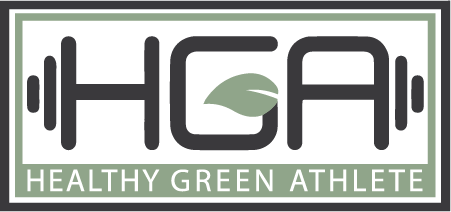
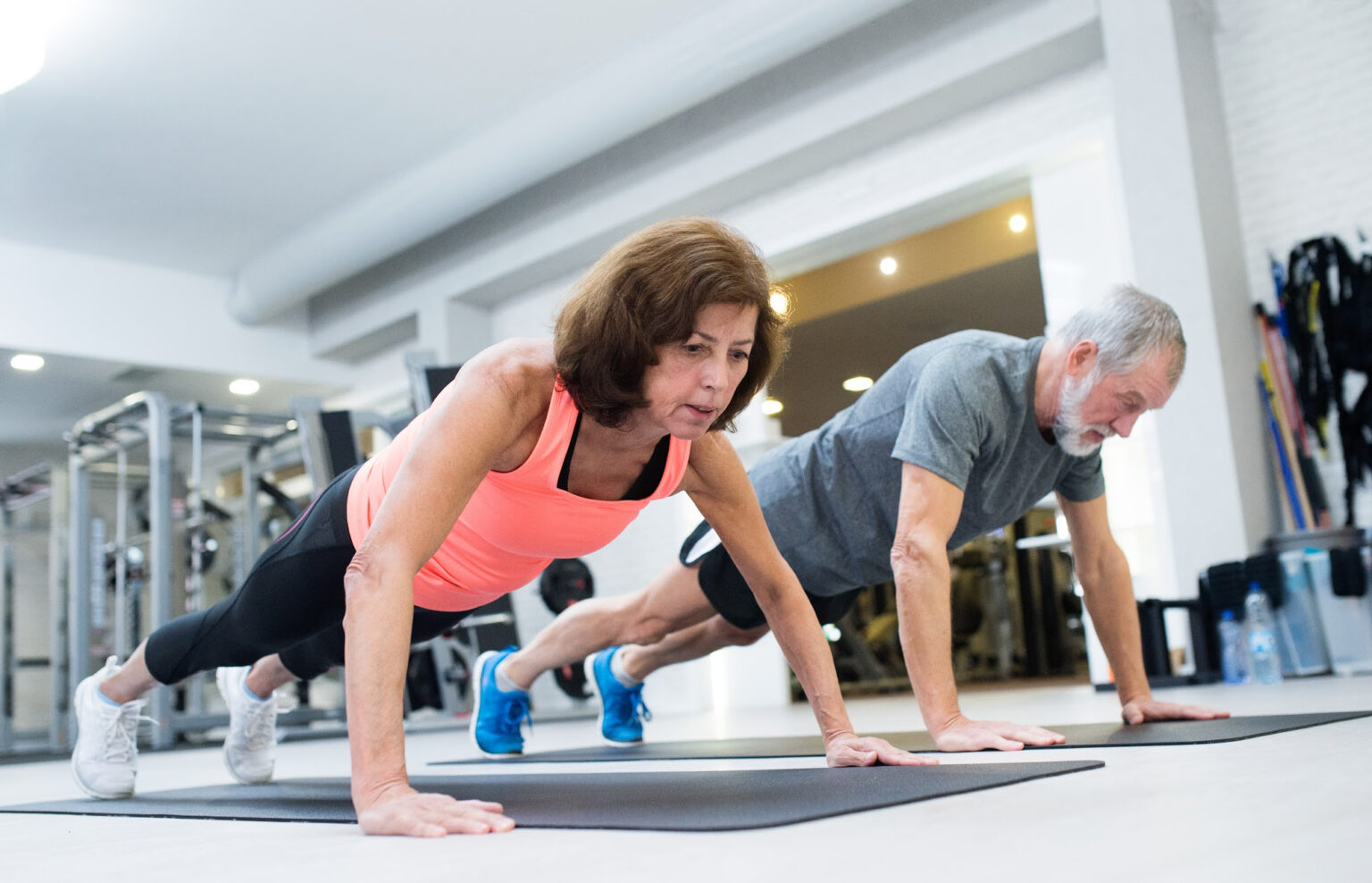
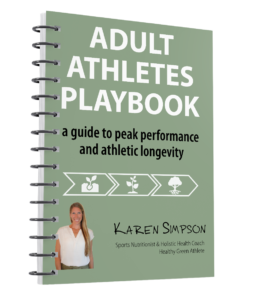

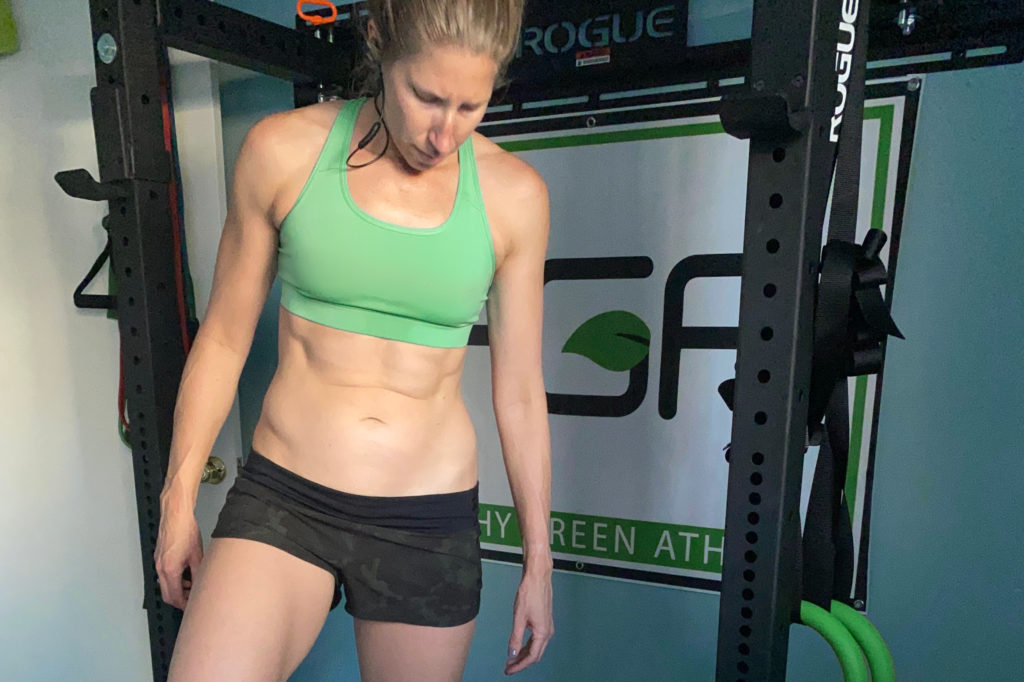

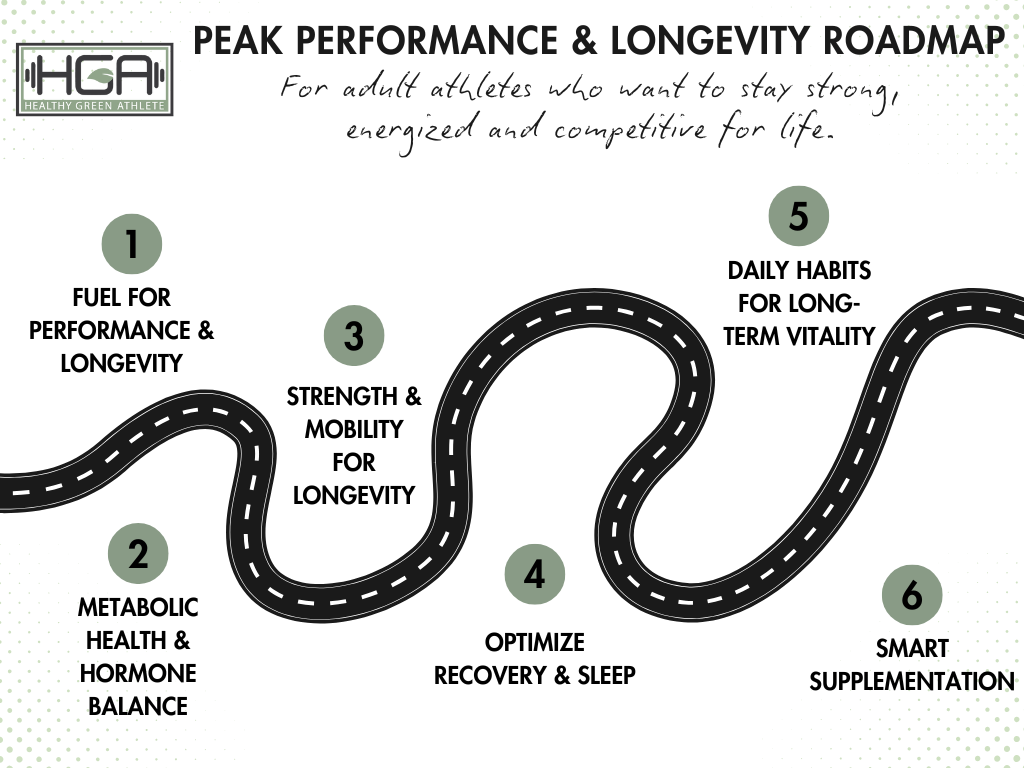




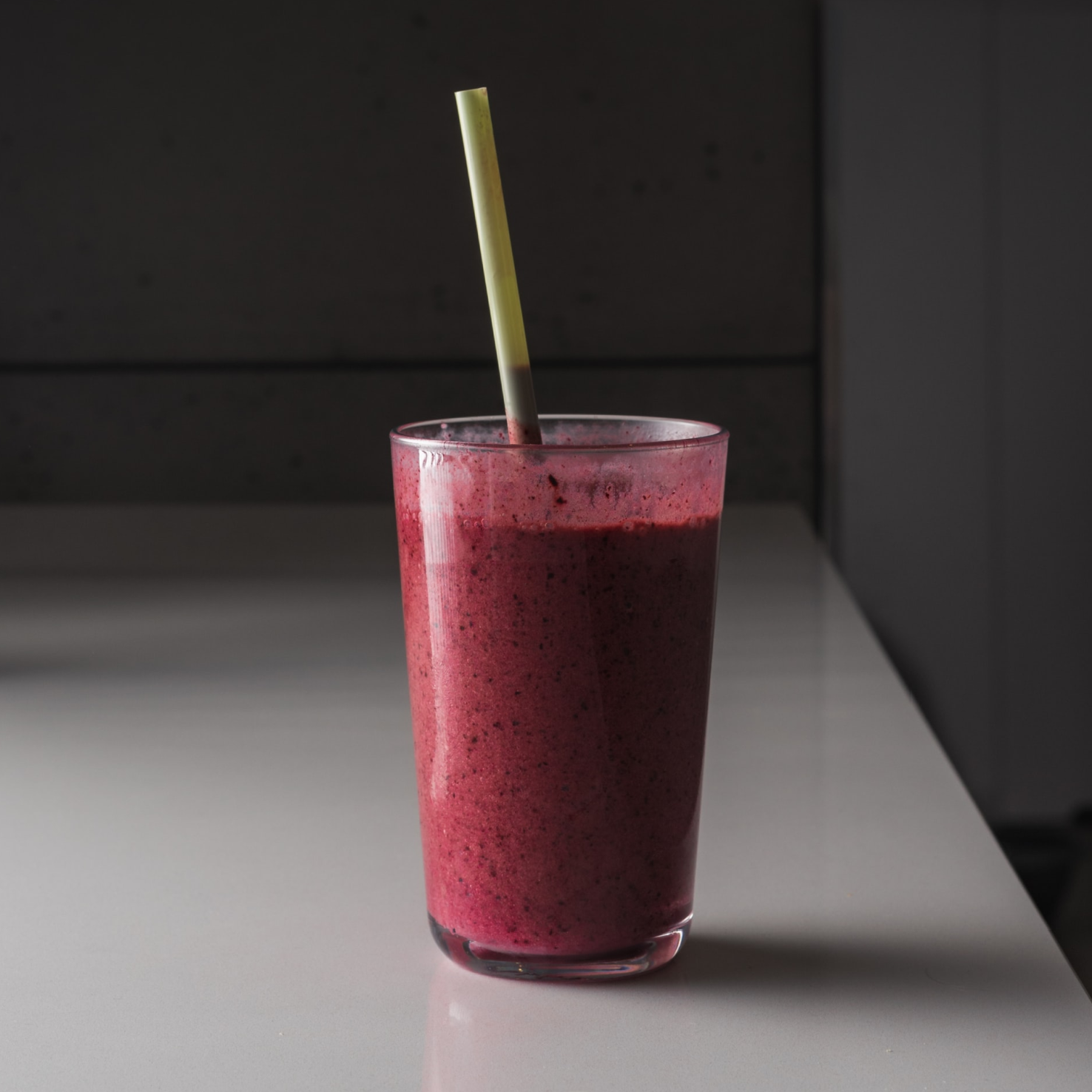

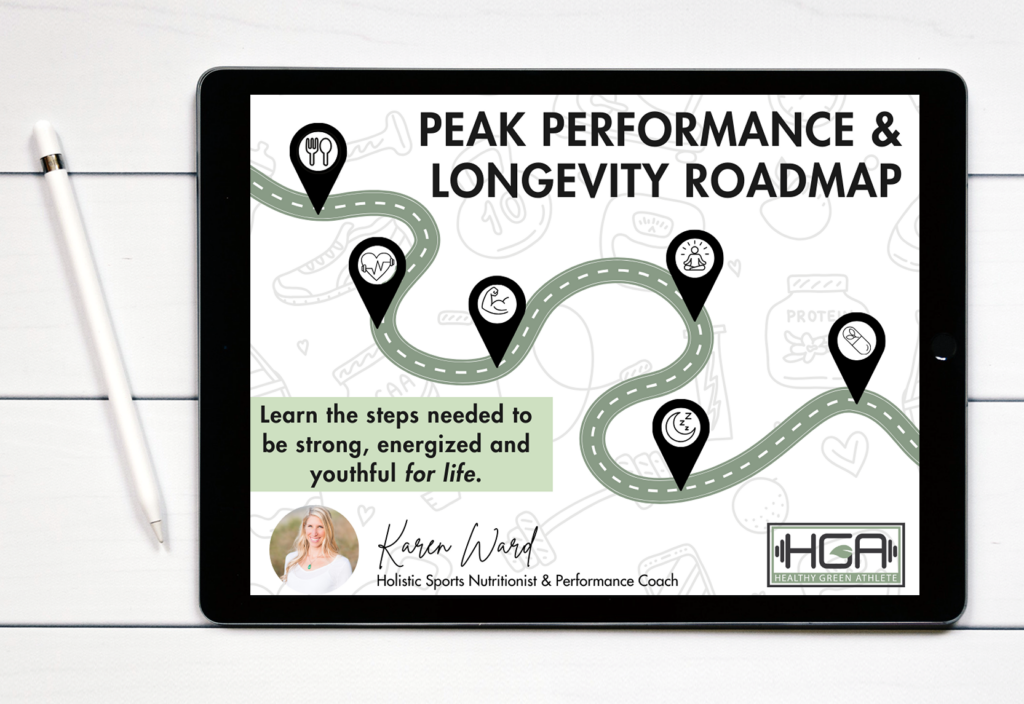
One Comment
Pingback: